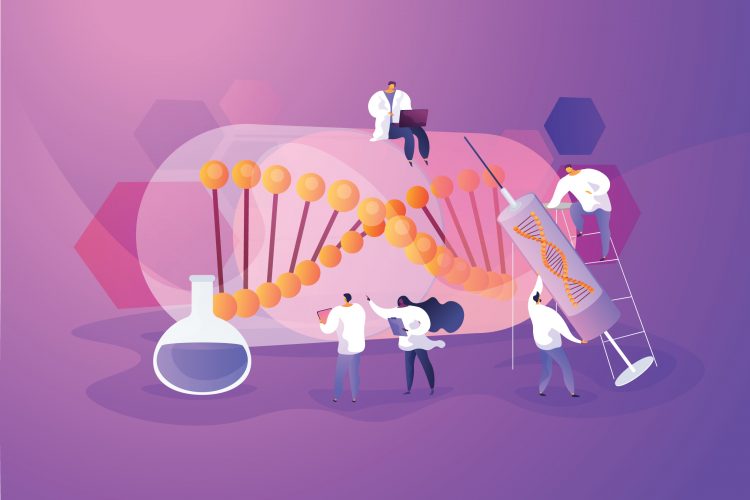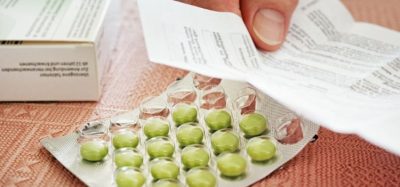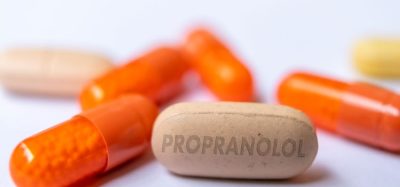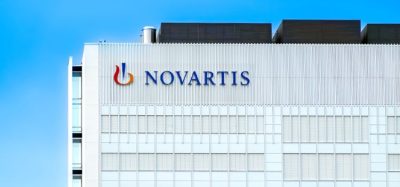beti-cel gene therapy demonstrates durable efficacy in beta thalassaemia patients
Posted: 16 June 2021 | Hannah Balfour (European Pharmaceutical Review) | No comments yet
The betibeglogene autotemcel (beti-cel) gene therapy caused paediatric and adult beta thalassaemia patients to achieve transfusion independence lasting over two years.


New data from several studies evaluating bluebird bio’s betibeglogene autotemcel (beti-cel) gene therapy (licensed as Zynteglo™ in the EU/EEA and the UK) in adult, adolescent and paediatric patients with transfusion-dependent beta thalassaemia (TDT) show many no longer need red blood cell transfusions for at least 12 months. The data were presented during the European Hematology Association (EHA) Virtual Congress 2021.
TDT is a severe genetic disease caused by mutations in the β-globin gene that result in reduced or significantly reduced haemoglobin (Hb). In order to survive, people with TDT require chronic blood transfusions to maintain adequate Hb levels, many as often as every two weeks. However, these transfusions carry the risk of progressive multi-organ damage due to unavoidable iron overload.
Beti-cel is a one-time gene therapy that adds functional copies of a modified form of the β-globin gene (βA-T87Q-globin gene) into a patient’s own haematopoietic stem cells (HSCs). Once patients have the βA-T87Q-globin gene, their HSCs have the potential to produce HbAT87Q, which is gene therapy-derived adult Hb, at levels that may eliminate or significantly reduce the need for transfusions.
In studies of beti-cel, transfusion independence (TI) is defined as no longer needing red blood cell transfusions for at least 12 months, while maintaining a weighted average Hb of at least 9g/dL.
As of the data cut off of March 9, 2021, a total of 63 paediatric, adolescent and adult patients, including 19 patients with at least five years of follow-up, eight with at least six years and two with up to seven years, across β0/β0 and non-β0/β0 genotypes and ages, have been treated with beti-cel in the Phase I/II HGB-204 (Northstar) and HGB-205 studies; and the Phase 3 HGB-207 (Northstar-2) and HGB-212 (Northstar-3) studies.
Long-term follow-up study: LTF-303
After participating in and completing the two years of follow-up in any of the Phase I/II or Phase III studies (HGB-207, HGB-212), patients treated with beti-cel were invited to enrol in a 13-year long-term follow-up study, LTF-303. As of the cut off, 51 of 63 beti-cel-treated patients across age groups and genotypes spanning a broad range of TDT severity have completed two years of follow-up in the parent study and were enrolled in LTF-303 with a median post-infusion follow-up of 44.2 months.
Key results:
- of the 51 patients, 40 achieved TI: 15/22 (68 percent) patients treated in Phase I/II and 25/29 (86 percent) patients treated in Phase III
- All patients achieved TI in the parent studies and maintained it through last follow-up in LTF-303. Phase I/II patients had a median duration of ongoing TI of 57.1 months and Phase III patients had a median ongoing TI duration of 26.3 months
- Weighted average Hb in patients who achieved TI reached normal or near-normal levels in the Phase I/II studies (10.3g/dL) and in the Phase III studies (11.8g/dL)
- Liver iron concentration (LIC) after infusion in patients who achieved TI decreased toward normal levels over time, particularly in patients with a high iron burden at baseline. Patients with severe (LIC >15 mg/g, n=5) and significant (LIC ≥7 – 15 mg/g, n=14) iron burden at baseline had a median reduction of 59 percent and 37 percent, respectively, from baseline to Month 48
- There were no deaths; no vector-derived replication-competent lentivirus nor events of insertional oncogenesis or malignancy have been reported in patients enrolled in LTF-303
Phase III Northstar-2 and Northstar-3 study
- As of 9 March 2021, 41 patients were treated in the studies HBG-207 and HGB-212
- following treatment with beti-cel, 89 percent (32/36) of evaluable patients in both Phase III studies achieved TI. As of the data cut-off date, these patients continue to be free of transfusions for a median duration of 25 months, with median weighted average total Hb levels during TI of 11.6g/dL
- Median gene therapy derived Hb (HbAT87Q) was stable approximately six months post-infusion: 8.8g/dL at month six (n=33), 9.2g/dL at month nine (n=34), 8.7g/dL at month 12 (n=36), 9.3g/dL at month 18 (n=29) and 8.9g/dL at month 24 (n=26).
In exploratory analyses, biomarkers of ineffective erythropoiesis trended towards normal over time in patients who achieved TI, supporting the disease-modifying potential of beti-cel in patients with TDT. Additionally, haemolysis markers normalised in patients who achieved TI.
Phase III paediatric patients
- As of the data cut off, 27 paediatric patients (<12 years: n=16; ≥12 to <18 years: n=11) were treated in the Northstar-2 and 3 studies and had a median follow-up of 25.5 months
- Following treatment with beti-cel, 91 percent (20/22) of evaluable patients under the age of 18 years (ages four to 17) achieved TI
- These patients continue to be free of transfusions through their last follow-up, with median weighted average Hb levels during TI of 10.0g/dL in patients under the age of 12 (n=10) and 11.7 g/dL in patients aged 12 – 18 (n=10).
“Many of my patients, some of whom are very young, require transfusions every few weeks in order to survive,” said Dr Evangelia Yannaki, Director of the Gene and Cell Therapy Center in the Hematology Department at the George Papanicolaou Hospital in Thessaloniki, Greece. “While transfusions provide benefit, dependence on them carries complications such as iron overload and severely compromises their quality of life. The long-term beti-cel data presented at EHA are particularly encouraging, as markers of healthy red blood cell production and iron burden reduction improved among patients who achieved transfusion independence.”
Related topics
Biologics, Clinical Trials, Drug Development, Drug Targets, Gene therapy, Genomics, Research & Development (R&D), Therapeutics
Related organisations
Bluebird bio, European Hematology Association (EHA), George Papanicolaou Hospital









